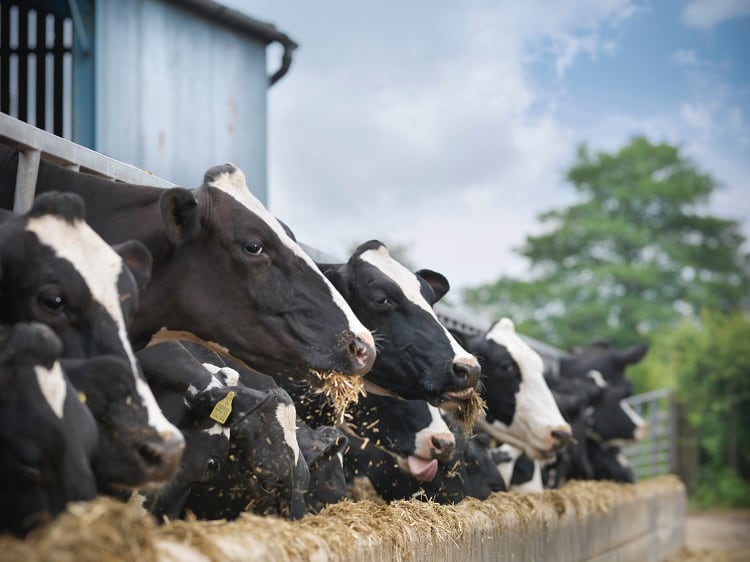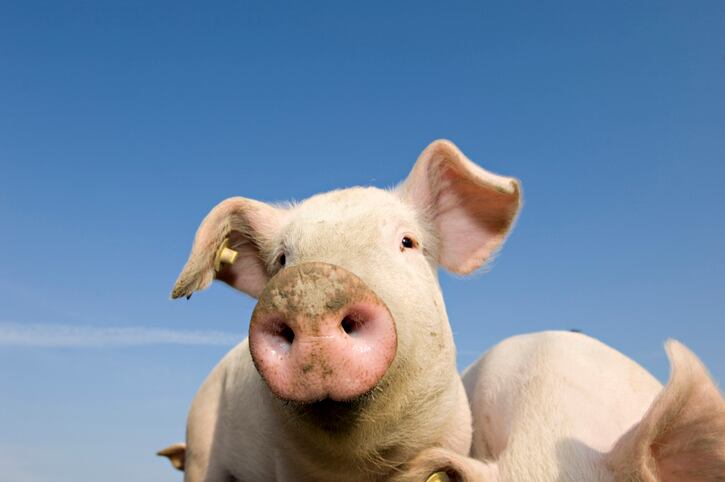While beef is a staple of diets around the world, many organisations suggest that large-scale cattle farming can be linked to significant suffering on the part of cows.
For example, according to the organisation Compassion in World Farming (CIWF), cows are often kept in overcrowded conditions, may go lame due to low quality floors and poor nutrition, and are often separated from their mothers within hours of birth.
Having knowledge about what cows are thinking and feeling has the potential to help farmers mitigate their suffering.
Using sound and machine learning, researchers at Virginia Tech in the US are attempting to gain an approximate understanding of what cows’ burps, moos and even chewing methods mean. The researchers are using sound data rather than video or other observation methods, as it can be taken individually and continuously.
Researchers plan to collect audio from cows, calves and beef cattle in the pasture, strapping small recording devices onto their halters or collars. Then, they will use machine learning to look for signs of stress or illness. “We will use deep learning modelling approach to associate the audio patterns with physiological responses,” James Chen, one of the researchers, who specialises in animal data science, told FoodNavigator.
“This study is to investigate an unexplored path to extract audio information, which is hypothesized to be used as an objective tool for trait evaluation.”
The researchers are especially interested in finding out how cows communicate distress. By correlating the data with saliva cortisol samples taken from the cows, they will be able to estimate whether the cows are experiencing no stress, mild stress or severe stress.
“This technology is non-invasive, akin to using a microphone during a speech,” Chen told us. “The aim of this study is to provide the public with an objective tool to better understand the food industry,” which will, in turn, allow them to understand more about what cows mean.
Chen plans to build a computational pipeline in order to integrate audio data with pre-trained machine learning models and interactive visualisation. This, he suggested, will be open-sourced and available to the public, thus giving a wide variety of people access to a tool that could give them a better idea of the levels of animal welfare in any given case.
“Anyone can directly plug in and use our model to run their own experiment,” he said. “This allows people to transform cows’ vocalizations into interpretable information that humans can recognize.”
The data also has the potential to help them identify which cows burp less. This could be useful, as cow burps contain a lot of methane, a greenhouse gas. They will then compare the DNA of cows that burp more with those that burp less, trying to identify whether such burping levels are genetic. They will also monitor the effects that rumen modifiers (food additives that inhibit methane).




